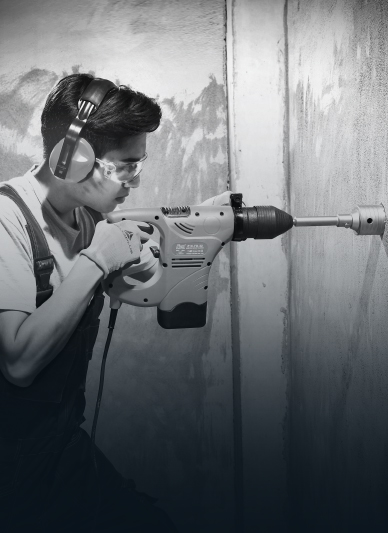Sale OEM Stainless Steel Cutting Chisel Maker
The evolution of the Steel Chisel is a fascinating journey that reflects the development of human craftsmanship and technological advancement. From the rudimentary tools of ancient civilizations to the precision instruments of today, the Steel Chisel has undergone a remarkable transformation, becoming an essential component in the arsenal of modern sculptors and craftsmen.
The origins of the Steel Chisel can be traced back to the early days of metalworking, where the first chisels were made from bronze and later from iron. These early chisels were crude by today's standards, but they represented a significant leap in tool technology. As metallurgy advanced, so did, the introduction of steel, a material known for its strength and durability.
During the Middle Ages, the Sale Steel Chisel became a staple in the workshops of stonemasons and woodcarvers. The Gothic cathedrals of Europe are a testament to the skill and precision that could be achieved with these tools. The Renaissance period saw further refinement, with artists like Michelangelo using it to carve intricate details into marble statues.
The Industrial Revolution marked a pivotal moment in the evolution of Steel Chisels, as it revolutionized their production. With the introduction of mass production techniques, the consistency and quality of ones were significantly improved, making them more uniform and reliable. This industrial leap not only increased the availability of these essential tools but also made them more affordable, thus democratizing access to high-quality Steel Chisels for a broader range of artists and craftsmen. Consequently, this accessibility spurred a surge in creativity and innovation, as more individuals could now realize their artistic visions with precision and efficiency.
In the 20th century, the evolution of the Steel Chisel was marked by significant innovations in materials and manufacturing processes. The introduction of high-speed steel, and later, carbide, revolutionized the construction of Steel Chisels, enabling them to endure higher levels of force and retain their sharpness for extended periods. These materials not only enhanced the durability and performance of the chisels but also expanded the range of applications. Artists and craftsmen could now execute more intricate and detailed work with greater precision, effectively pushing the boundaries of what was considered achievable with it. This period of advancement opened new horizons for sculpting and carving, leading to a new era of artistic expression and technical mastery.
The advent of digital technology has not made the Steel Chisel obsolete; rather, it has enhanced its capabilities. Today's Steel Chisels are often used in conjunction with computer-aided design (CAD) and computer-aided manufacturing (CAM) systems. These systems allow for the creation of complex designs that can be precisely carved using it, ensuring accuracy and consistency.
In the hands of a modern artist, the OEM Stainless Steel Chisel is a versatile tool that can be used for a variety of materials, including wood, stone, metal, and even glass. Its ability to shape and refine these materials is unparalleled, making it an essential part of the sculptor's toolkit.
As technology continues to advance, the Steel Chisel is likely to evolve further. We may see the integration of smart materials or even the development of self-sharpening chisels. However, the fundamental role of the Steel Cutting Chisel Maker in the creative process is unlikely to change. It will remain a symbol of human ingenuity and the pursuit of artistic perfection.
The Steel Chisel has come a long way from its humble beginnings as a simple tool for shaping materials. Its evolution reflects the ingenuity and creativity of the human spirit. As we look to the future, the Steel Chisel will continue to play a vital role in the world of art and craftsmanship, a testament to the enduring importance of quality in the tools we use to create.







